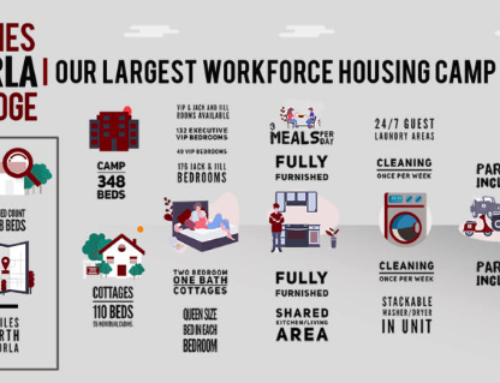As hydraulic fracturing, also known colloquially as “fracking,” has become more prevalent in the use of shale drilling across the United States, worries of ground water contamination due to domestic crude production have been at an all-time high. Residents living in close proximity to shale wells have reported various contaminations of their water supplies, most notably from methane and other noble gases. Activists, media, and others have been quick to blame the fracturing process as the sole cause of contamination, but new research points to a different aspect of the drilling process that’s likely responsible: defective well casings made from concrete and metal.

The study, authored by researchers from Duke, Ohio State, Stanford, Dartmouth, and the University of Rochester, observed in several cases that the actual process of deep underground fracturing wasn’t to blame for hydrocarbon contamination in drinking water. Likewise, the assumption that contamination could be traced to gas migration caused by fracturing was shown to be false in several cases.
The researchers sampled eight groups of domestic water wells positioned over the Marcellus and Barnett shale plays and measured their levels of contamination over time. By noting the types of gases present in the samples, the researchers were able to determine the most likely source of contamination – deep underground fracturing, intermediate-depth strata casing failure, or shallow production casing failure.
In seven of the eight cases, either intermediate-depth concrete casing failure or shallow production casing failure were found to be the sources of contamination, not the deep underground fracturing process itself. Therefore, the fracturing process was observed to be a non-factor in ground water contamination.
This new research brings activists and industry leaders one step closer to accomplishing the goal of profitable domestic crude production with minimal environmental impact. With the knowledge that, in respect to contamination, well casings are the weakest link in the resource acquisition process, producers are now equipped to begin addressing the issue and reducing contamination.
Ultimately, environmental activists, crude producers, and independent third parties will have to work together in order to mitigate contamination and create a system for sustainability, and research such as this is a positive indicator of progress toward that goal.
References:
Thomas H. Darrah, Avner Vengosh, Robert B. Jackson, Nathaniel R. Warner, and Robert J. Poreda
Noble gases identify the mechanisms of fugitive gas contamination in drinking-water wells overlying the Marcellus and Barnett Shales
PNAS 2014 : 1322107111v1-201322107.
Photo by Tim Whitlow





